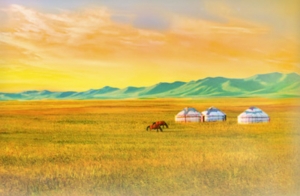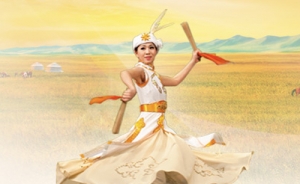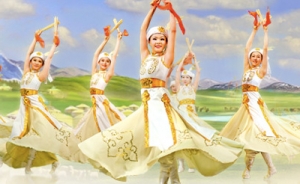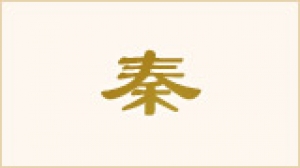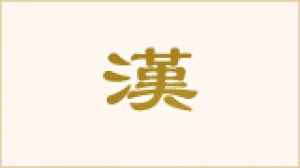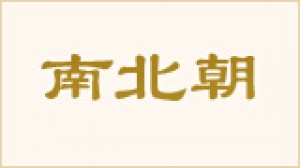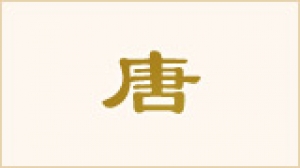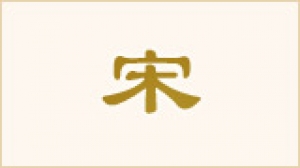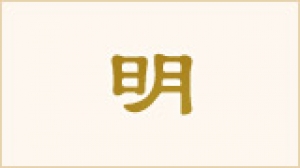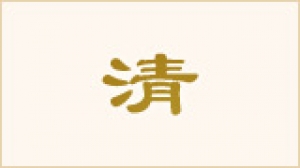The Yuan Dynasty
When the Mongol ruler Kublai Khan founded the Yuan Dynasty in 1271, he became the first emperor of China who was not Han Chinese. Over the following decades, China would form part of an empire of unprecedented size and, not surprisingly, the Yuan Dynasty was an era of extraordinary cultural diversity and international trade. Yet it lasted just under 100 years, ending in 1368.
In 1206, the warrior Temujin held a grand assembly of Mongol tribal leaders on the banks of Mongolia’s Onon River. The lords and generals present bestowed upon him the title of “Genghis Khan”—lord of all. In 1267, his grandson Kublai Khan relocated the empire’s headquarters to modern day Beijing, then known as Dadu. Four years later, he decreed the beginning of a new dynasty.
Over the next decade, his forces eliminated the last of the Southern Song opposition, solidifying Mongol control over all of China. Kublai Khan borrowed from the phrase da zai qian yuan (“Great is the primal-ness of Heaven”) in the ancient Book of Changes and named the Mongol empire the Great Yuan.
Mongol armies then fought to expand their influence in all directions and established the Four Khanates. Yuan rulers regained land lost since the Han and Tang eras, while also adding to the empire new territories like Tibet, Outer Mongolia, and large parts of Russia. At its peak, the Chinese portion of the Mongol empire spanned nearly 5.5 million square miles (14 million square kilometers).
Covering such vast expanse, the Yuan Dynasty developed robust foreign trade, including via the Maritime Silk Road, which linked China to India, to the Middle East and, through the Mediterranean, to Europe. During this period, China engaged in commerce with 140 foreign nations, further contributing to the empire’s cultural diversity.
Scores of Arabs and Europeans came to China, with some even holding official titles in the Yuan court. Many of these foreigners—the most famous being the Venetian Marco Polo—wrote of their experiences in travel journals. These gained popularity in Europe and stimulated maritime exploration.
In ruling over these massive regions, Yuan emperors essentially retained the governing system of Three Departments and Six Ministries established by the Sui and Tang dynasties. Kublai Khan, however, did not initially reinstate the Confucian imperial civil-service examination system, which had already waned during the inter-dynastic period.
This looser approach to scholarship led to a rapid development of folk culture and the rise of operatic arts. The qu poetic form, a type of singing verse, gained prominence and became one of China’s three main styles of poetry, alongside the classic Tang shi and Song ci styles. Paintings depicting landscapes as well as birds and flowers also became popular among scholars as a subtle means of expressing feelings.
The late-Yuan through early-Ming eras also saw the birth of the vernacular novel. While the classics Outlaws of the Marsh and Romance of the Three Kingdoms were technically written during the Ming Dynasty, their authors were born during the Yuan and were influenced by its folk culture.
As far as religion, Yuan rulers embraced Tibetan Buddhism, placing it even above traditional Taoism and Chinese Buddhism. Still, they were receptive and tolerant of all religions, fostering a period of growth and expansion for many faiths, including Christianity.
Although led by Mongolians, the Yuan began implementing policies of Sinicization as early as Kublai Khan’s reign. Yuan rulers combined laws and policies from their native Mongolia with those of Han Chinese. As the dynasty’s rule progressed, greater emphasis was placed on Confucianism. In 1307, Emperor Temür Khan conferred upon Confucius the title of “Most Holy Princely Disseminator.” And, in 1315, Emperor Buyantu Khan decreed the reestablishment of the Confucian-based civil-service examinations.
Toward the end of the dynasty, legend has it, a prophecy spread in the empire, warning: “A stone man with one eye will provoke the Yellow River against China.” Soon enough, the Yellow River overflowed and the imperial court issued an edict for repair of its riverbanks. To the workers’ astonishment, they uncovered a stone statue of a man with one eye. Peasant rebellions ensued, eventually pushing the dynasty towards its ultimate demise. In 1368, Zhu Yuanzhang expelled the Mongols from China’s Central Plains and established the Ming Dynasty.
July 12, 2011


